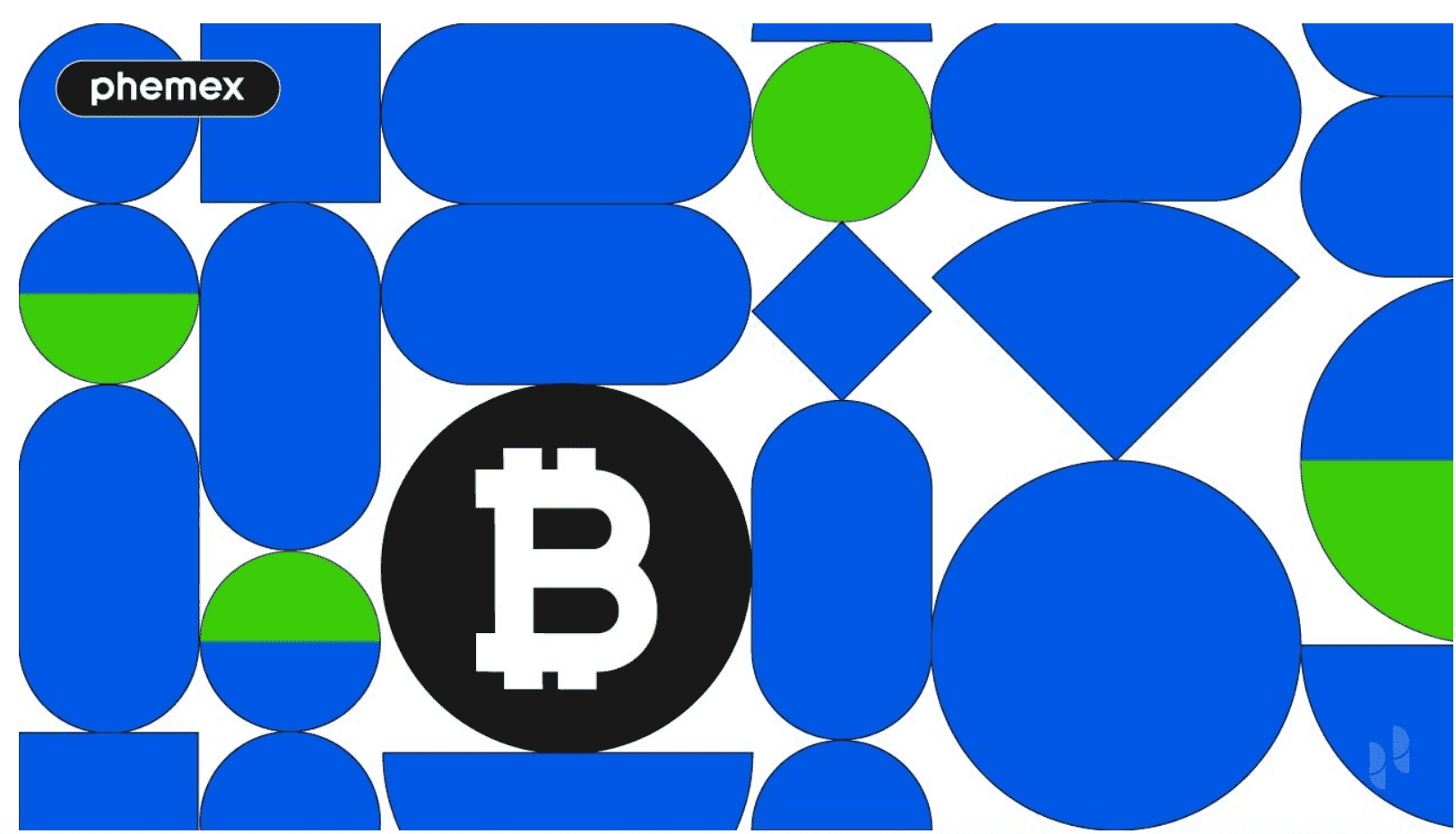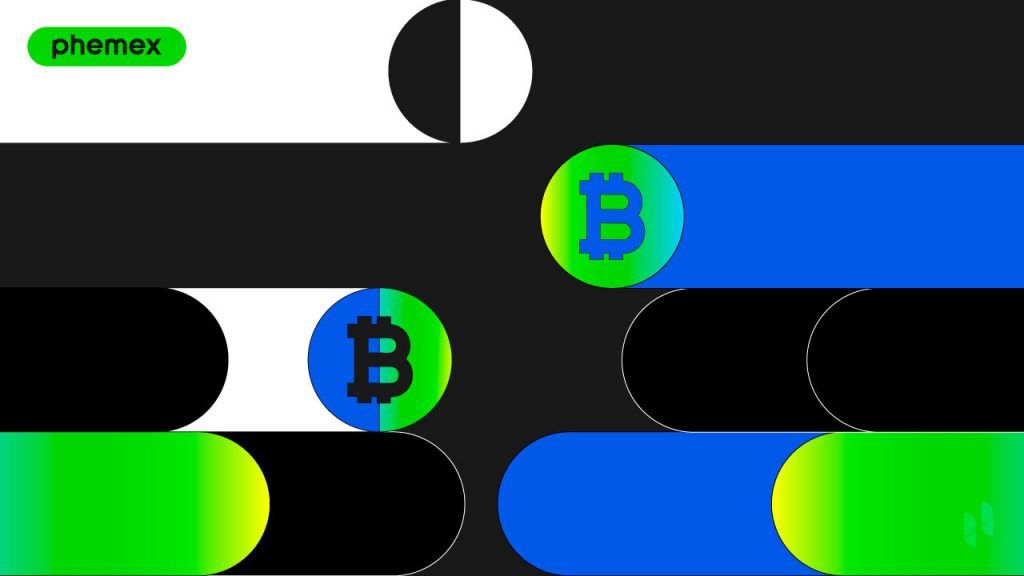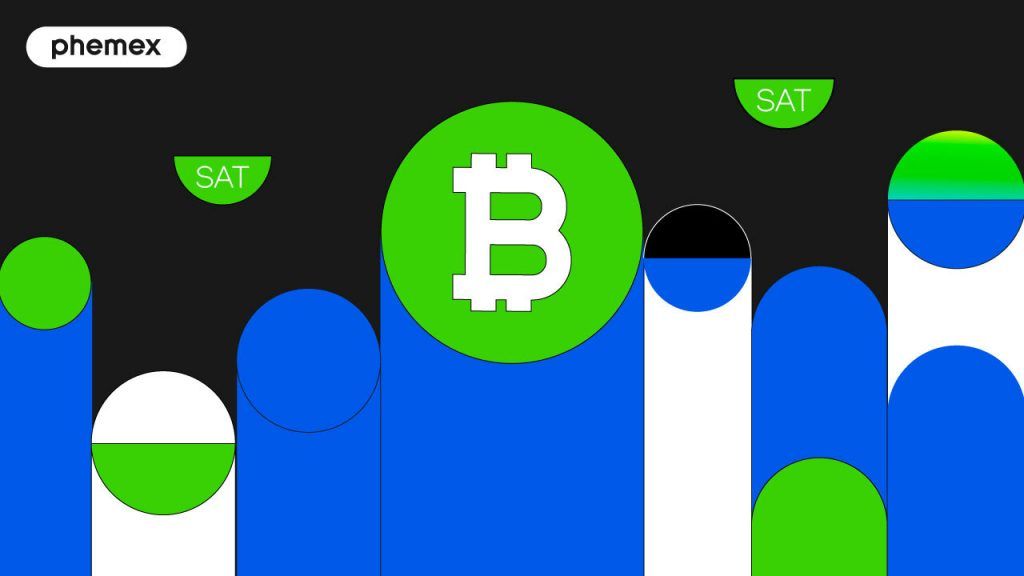What Is Bitcoin?
Bitcoin (BTC) is the world’s first decentralized cryptocurrency, changing how we think about money. Created in 2009 by an anonymous person or group known as Satoshi Nakamoto, Bitcoin lets people send digital money directly to each other over the internet—securely and without needing banks or governments. It's like digital cash that anyone can use, anywhere in the world.
Simply put, Bitcoin is a decentralized digital currency for secure, peer-to-peer transactions without a central bank or intermediary. BTC is the abbreviation for Bitcoin, and yes, it's the original cryptocurrency. While it can be an investment—like buying an asset that might rise in value—it's volatile, so approach it with caution and only invest what you can afford to lose.

Why Was Bitcoin Created?
Bitcoin was born out of the 2008 financial crisis, which exposed issues like banks' risky behavior and the need to trust third parties with our money. Satoshi Nakamoto outlined Bitcoin in a 2008 white paper as a solution: a peer-to-peer electronic cash system based on cryptographic proof instead of trust.
-
Mission: To enable direct online payments between people without banks or other intermediaries, reducing costs, fraud, and disputes. It solves "double-spending" (using the same digital money twice) through a public ledger, making transactions irreversible and secure.
-
Vision: A more open, efficient, and free financial system where anyone can transact globally without gatekeepers. Bitcoin aims for decentralization, scarcity (only 21 million coins ever), and empowerment—giving individuals full control over their money, resistant to censorship or manipulation.
In short, Bitcoin's goal is trustless money: reliable because of math and code, not institutions.
Who Invented Bitcoin?
Who is the mastermind behind Bitcoin? Satoshi Nakamoto, a pseudonymous figure (or group), remains a mystery. In 2008, Nakamoto published Bitcoin’s white paper and launched the network in 2009, then vanished in 2011. Their innovation was using cryptography and computer science to enable trustless online transactions, no central authority needed.
What Are Bitcoin’s Key Features?
As the largest cryptocurrency by market capitalization, Bitcoin leads thousands of other cryptos with its unique features, perfect for beginners to understand.
-
Versatile Uses: Bitcoin can be an investment, a store of value like digital gold, a way to send money globally, or a tool to explore blockchain technology.
-
Internet-Native: Unlike traditional cash, Bitcoin exists only digitally, stored on a shared ledger. It’s legal to use, hold, and trade in many places, accepted by businesses like Microsoft and airlines.
-
Accessible to All: You don’t need to buy a whole Bitcoin; fractions called satoshis let you start small, making it affordable for anyone.
How Does Bitcoin Work?
How can you trust digital money without a bank? Bitcoin’s genius lies in its technology, making it secure and transparent. Here’s how it works in simple terms:
-
Blockchain and Consensus: Bitcoin transactions are recorded on a public, tamper-proof ledger called the blockchain, stored on thousands of computers (nodes) worldwide.It's like a bank's record book, but open to everyone and controlled by no one. Nodes agree on the ledger’s accuracy through a decentralized process, ensuring no single point of failure or hack can disrupt it.
-
Public and Private Keys: Your Bitcoin wallet acts like an email account. The public key is your address for receiving Bitcoin (share it freely). The private key is your password to spend it (keep it secret). Transactions use digital signatures to prove ownership, preventing fraud.
-
Mining and Proof-of-Work (PoW): Miners verify transactions by solving complex math puzzles, a process called Proof-of-Work. It’s like cracking a digital lock, requiring significant computing power. The first miner to solve it adds a block to the blockchain, earning Bitcoin rewards and fees. This secures the network, making tampering nearly impossible.
Bitcoin’s open-source code, available for anyone to review, ensures its global, private, and secure design.
Why Does Bitcoin Have Value?
Bitcoin gets its value like traditional money: from usefulness and scarcity.
-
Scarcity: Only 21 million Bitcoin will ever exist, making it limited like gold.
-
Utility: It's a secure way to store and transfer value without intermediaries.
-
Adoption: More people and businesses use it, increasing demand.
-
Security: The network has never been hacked, thanks to PoW and decentralization.
Why Is Bitcoin a New Kind of Money?
Bitcoin redefines money by breaking free from traditional banking. Unlike credit cards or bank accounts, it offers features that make it fast, secure, and global:
-
Global and Always Open: Send Bitcoin anywhere instantly, like handing cash to a friend, without borders or bank hours slowing you down. It’s available 24/7, with no access fees.
-
Irreversible Transactions: Bitcoin payments are final, like cash, reducing fraud risks for merchants compared to credit card chargebacks, which can happen months later.
-
Private by Design: Pay without sharing personal details—just a public key and amount—unless buying physical goods that need shipping.
-
Highly Secure: Bitcoin’s cryptographic network protects payments better than traditional cards, minimizing data theft or identity fraud risks.
-
Open and Transparent: Every transaction is public on the blockchain, preventing manipulation (except in rare, unlikely scenarios). Its open-source code ensures fairness.
-
Proven Safety: Since 2009, Bitcoin’s network has never been hacked, thanks to its decentralized design and expert scrutiny.
How to Use Bitcoin: A Beginner’s Guide
Using Bitcoin is easier than you might think, and it’s come a long way since 2010 when Laszlo Hanyecz famously traded 10,000 BTC for two pizzas—the first real-world Bitcoin purchase. Today, with a wallet app and an exchange like Phemex, you can buy, send, and store Bitcoin securely in just a few steps.
-
Set Up a Wallet: Download a secure wallet, like Phemex’s, to get your public key (like an email address for receiving Bitcoin) and private key (a password to spend it). Back up your seed phrase (a list of words) to recover access if needed.
-
Buy Bitcoin: On Phemex, deposit funds via bank transfer, card, or crypto, and trade for BTC—simple as shopping online.
-
Send and Receive: To receive Bitcoin, share your public key. To send, enter the recipient’s public key and amount in your wallet app. For in-person payments, scan a QR code to auto-fill details. Transactions are fast, low-cost, and private, requiring no personal info unless shipping physical goods.
-
Store Safely: Keep your Bitcoin secure in Phemex’s cold wallet or a personal wallet with a backed-up seed phrase.
Bitcoin’s flexibility makes it versatile: hold it as an investment, spend it at stores or online (some even offer Bitcoin debit cards), or donate to causes you care about. Thanks to its cryptographic design, Bitcoin payments are more secure than traditional credit or debit card transactions, protecting you from fraud.
How to Buy Bitcoin on Phemex?
Phemex makes buying Bitcoin straightforward and secure. Here's how:
-
Sign Up: Create an account on Phemex—quick and easy.
-
Deposit Funds: Add money via bank transfer, card, or crypto.
-
Trade: Search for BTC/USDT, choose your order type, and buy.
-
Secure It: Store in Phemex's wallet or transfer out.
With low fees and tools like copy trading, Phemex is perfect for beginners.
Is Bitcoin a Good Investment?
Investing in Bitcoin can be exciting, but it’s not without challenges. As the leading cryptocurrency, Bitcoin has delivered impressive returns, outpacing traditional assets like stocks and gold over the long term. For example, its value grew significantly from 2018 to 2020, showcasing its potential as a high-reward asset. However, its price can be highly volatile, with significant swings that test even seasoned investors. So, is Bitcoin a good investment? Let’s explore the benefits, risks, and strategies to help you decide, with tips for trading smartly on Phemex.
-
Benefits of Investing in Bitcoin:
-
High Return Potential: Bitcoin has historically outperformed many traditional investments, making it appealing for those seeking growth.
-
Diversification: As a decentralized asset, Bitcoin moves independently of stocks or bonds, offering a way to diversify your portfolio.
-
Global Accessibility: Anyone with an internet connection can invest in Bitcoin, making it a universal opportunity.
-
Store of Value: Often called “digital gold,” Bitcoin’s fixed supply of 21 million coins makes it a hedge against inflation.
-
-
Risks of Investing in Bitcoin:
-
Volatility: Bitcoin’s value can swing dramatically, with historical drops of up to 70% in bear markets, though recoveries are common.
-
Regulatory Uncertainty: Governments may introduce new rules affecting Bitcoin’s use or value.
-
Security Risks: While Bitcoin’s blockchain is secure, improper wallet management can lead to loss from hacks or forgotten keys.
-
Market Sentiment: News, hype, or fear can drive rapid price changes, impacting short-term investments.
-
-
Strategies for Success:
-
Dollar-Cost Averaging (DCA): Spread risk by investing a fixed amount regularly, regardless of price, to smooth out volatility.
-
Research and Stay Informed: Follow market trends and news on platforms like Phemex’s Blog and Phemex's News to make informed decisions.
-
Use a Trusted Platform: Phemex offers tools like copy trading, where you can mimic successful traders, and up to 100x leverage for advanced users (use cautiously).
-
Secure Storage: Store your Bitcoin in Phemex’s cold wallet or a personal wallet with a backed-up seed phrase.
-
Start Small: Begin with small investments to learn the ropes without risking significant funds.
-
Key Tip: Only invest what you can afford to lose. Bitcoin’s potential is high, but its volatility means you should approach it with a clear plan and realistic expectations.
Why Choose Phemex for Trading Bitcoin?
Phemex is a top choice for Bitcoin trading, combining security, simplicity, and powerful tools for beginners and professionals alike. With over 10 million users across 100+ countries, Phemex offers a trusted platform to join the global crypto community. Here’s why Phemex stands out:
-
Low Fees: Enjoy 0.1% for spot trades and 0.01% maker/0.06% taker for perpetual futures, keeping costs minimal.
-
Welcome Bonuses: Sign up and claim up to 2700 USDT in coupons plus 2100 USDT in futures trial funds to kickstart your trading.
-
Top-Tier Security: 100% cold storage and advanced encryption, backed by 1:1 fully-backed reserves, ensure your funds are safe.
-
Advanced Tools: Access up to 100x leverage, copy trading to follow experts, and 500+ trading pairs for diverse strategies.
-
Global and Professional: Preferred by traders in 180+ countries, with 50+ project launches, Phemex supports beginners and pros alike.
Conclusion: The Future of Bitcoin and Getting Started
Bitcoin is more than digital money—it's a vision for a fairer financial world, free from central control. With its secure blockchain and PoW system, it's built for beginners and experts alike. On Phemex, you can explore Bitcoin safely and easily.
Ready to dive in? Join 10M users today and sign up on Phemex to get started with low fees and top security.








